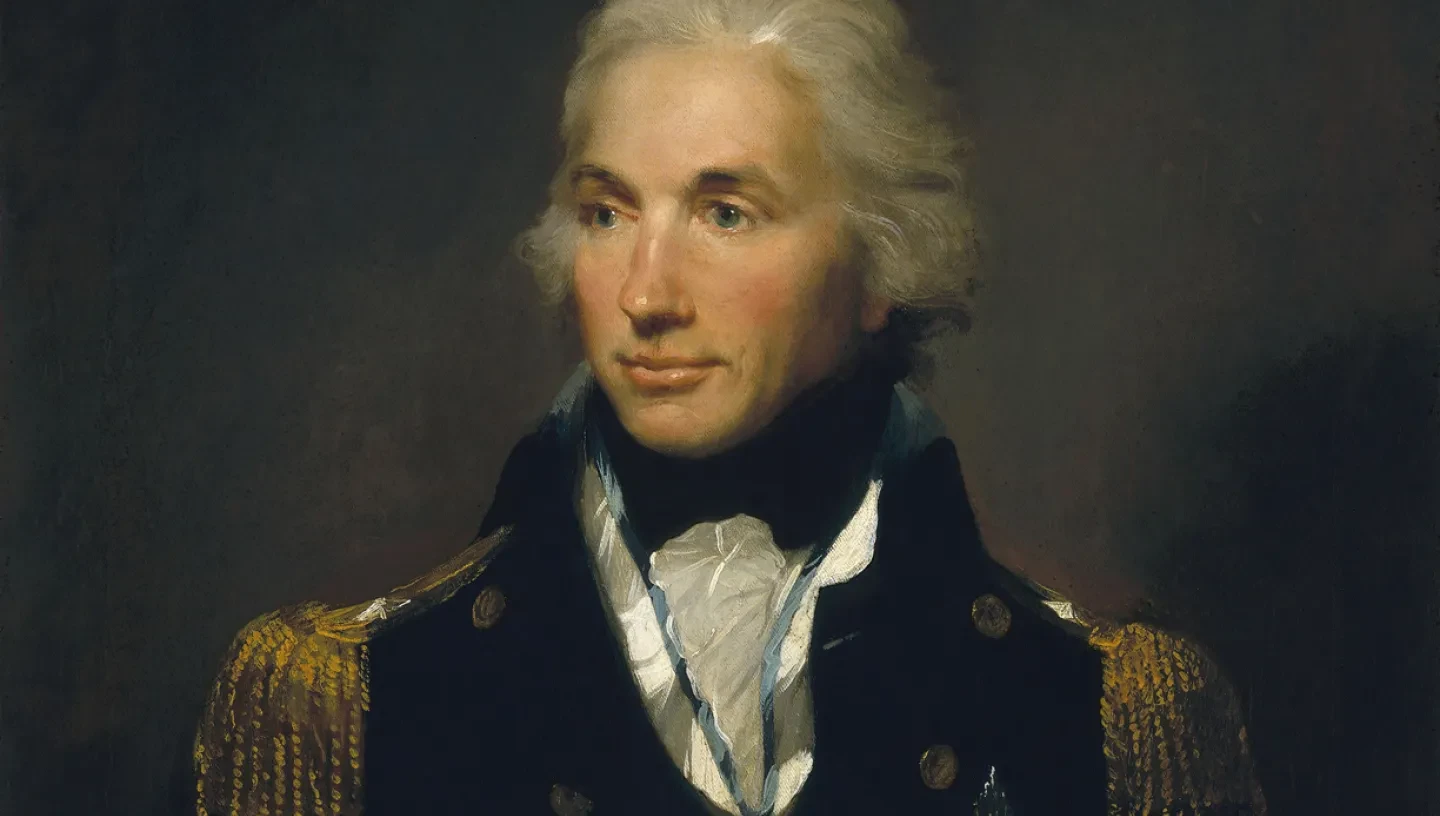
Nelson the man
As well as being a naval hero, Lord Nelson was an interesting and complex man. His letters and diaries reveal much about his character.
Much has been made of Lord Nelson’s heroic achievements throughout his naval career but behind the uniform was a complex character that still arouses great interest. Thankfully he left behind a number of letters to family and friends, as well as personal diaries, so that we can gain an understanding of who he really was.
Who was Nelson?
Letters by Nelson
Nelson was a prolific letter writer. Although in his later years he had the help of secretaries, he still wrote a large number of his letters himself. Many of these still survive – at the last count, well over 5000. His letters give us a clear window into the soul of the man who wrote them.
The letters fall into three distinct types. First, there are the official dispatches and reports he wrote to senior officers and politicians. Although more formal than the rest of his correspondence, they still contain traces of Nelson's engaging earnestness and directness. Then there are his letters to family and close friends: chatty, even gossipy at times, and often very frank about his own feelings and ambitions. Then finally there are his letters to Emma Hamilton, which range from frenzied and excited to explicit and lustful, to tearful and maudlin.
Many of his surviving letters are housed at the British Library, the National Maritime Museum and the Nelson Museum in Monmouth. There are also many others scattered in public and private collections all over the world.
Nelson’s religion
Nelson had a strong Christian faith. His father was an English parish priest and the records of the church at Burnham Thorpe show that young Horatio sometimes assisted him. He made sure that religion was publicly practised in all his ships and always ordered public services of thanksgiving after his victories.
He seldom mentioned Jesus Christ, preferring instead to address all his petitions directly to God. His sense of having a direct line to God was useful when he had to square his adultery with his mistress Emma Hamilton with his Christian faith. He did so by deciding that God intended her to be his wife. ‘Now my own dear wife,’ he wrote to her in March 1801, ‘or such you are in my eyes and in the face of heaven.’ They acted out this belief on 13 September 1805 when they took Holy Communion together privately and then exchanged rings.
Orders and decorations
Nelson was a highly decorated individual. By the end of his life he was entitled to wear the stars of four orders of knighthood, as well as two official gold medals. At a time when decorations and medals were not nearly as common as they are today, some of his contemporaries felt he looked slightly ridiculous. British Army General Sir John Moore remarked: ‘He looks more like a Prince of the Opera than the Conqueror of the Nile.’
His most spectacular decoration was worn in his hat. The Sultan of Turkey presented him with a 'chelengk', or plume of triumph made of diamonds. Thirteen sprays represented the defeated French ships at the Battle of the Nile in 1798 and a large central diamond was mounted on a clockwork motor so that it rotated and sparkled as it caught the light.
Sadly, little of this splendour has survived. Most of the medals and decorations were stolen from the Painted Hall of the Royal Naval College, Greenwich, in 1900; and the chelengk disappeared in a raid on the National Maritime Museum in 1951.
Find out more about Nelson's life and legacy at the National Maritime Museum's 'Nelson, Navy, Nation' gallery.